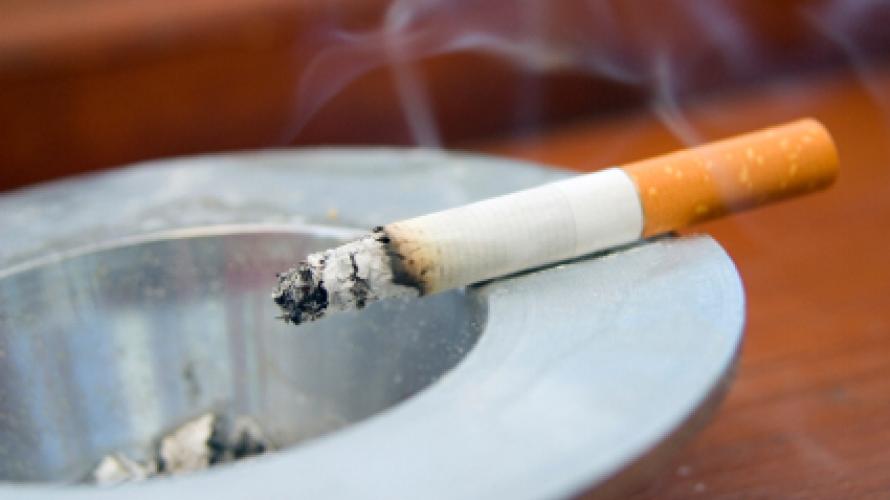
What is the study about?
This experiment was conducted to test whether nicotine taken by mouth in the form of gum reduces or worsens pain felt after spinal cord injury (SCI). Pain was classified as musculoskeletal (MS), pure neuropathic (NP) or complex neuropathic (cNP). MS symptoms include pain described as “aching” or that increases with movement; symptoms such as burning and tingling sensations were grouped under NP; descriptions of pain at a particular site that included both MS and NP symptoms were categorized as cNP.
What did the study find?
The findings show that exposure to 1 mg nicotine did not affect pain levels for any types of pain. However, the 2mg dose increased the report of cNP pain for smokers with SCI, but nonsmokers with SCI reported decrease in cNP pain; and these differences were significant. This difference could be due to changes in the body's pain pathways from repeated nicotine exposure that occurs with continued smoking. Results imply that the effects of nicotine on pain after SCI depend both on the subtype of pain and the smoking status of the individual.
Who participated in the study?
This study involved smokers and nonsmokers with SCI and pain of more than 3 months’ duration recruited from the University of Alabama at Birmingham SCI model system of care. Participants who reported having hypertension or diabetes were excluded from the experiment because the study procedure included administering nicotine. The final analysis was conducted on the responses collected from 39 individuals.
How was the study conducted?
The design of the study included exposing participants to nicotine gum or placebo gum that were identical in taste, appearance, and texture on two separate occasions (1 week apart). During the second observation, participants who had gotten nicotine gum during the first trial received placebo gum and vice versa. To test the effect of nicotine dose, during each exposure, participants were given 1 mg nicotine gum (or placebo) in the first hour and 2 mg nicotine gum (or placebo) during the second hour. Pain ratings were recorded 30 minutes after administering the doses.
Reference
Richardson, E.J., Ness, T. J., Redden, D. T., Stewart, C.C, Richards, J.S. (2012). Effects of nicotine on spinal cord injury pain very among subtypes of pain and smoking status: results from a randomized, controlled experiment. The Journal of Pain, 12, 1206-1214.